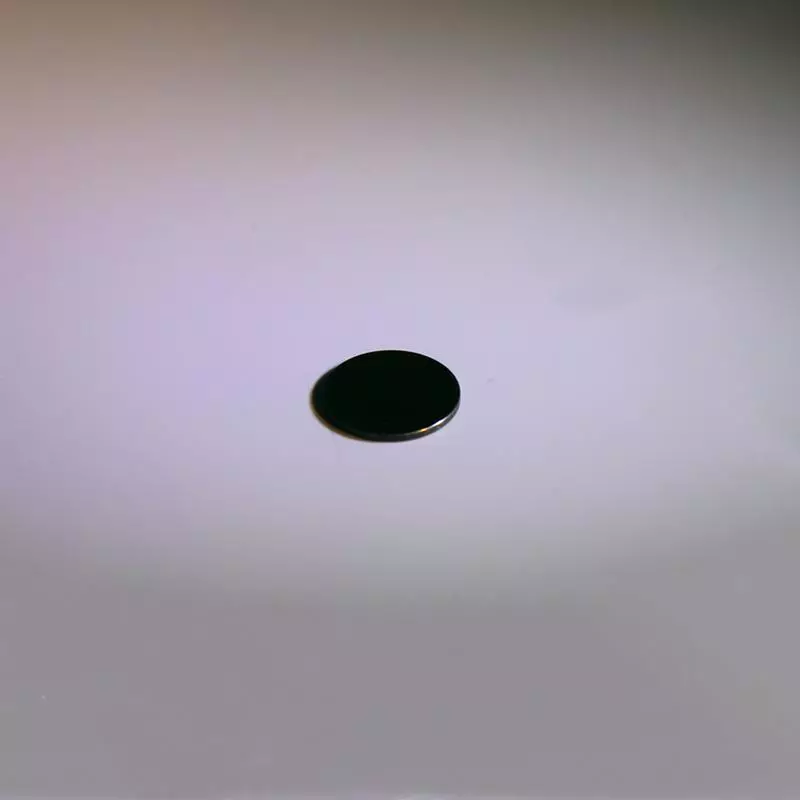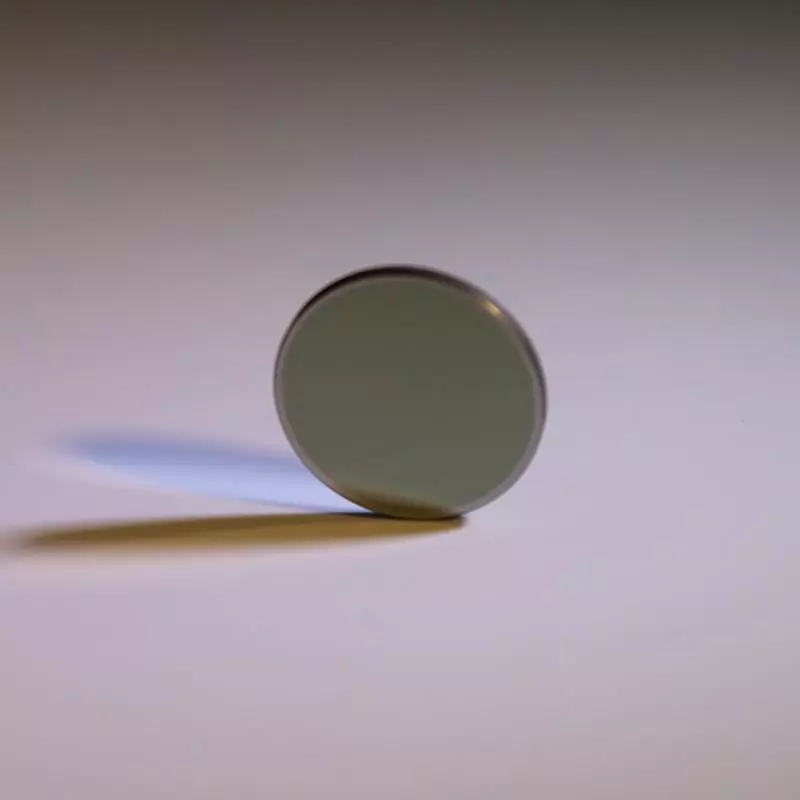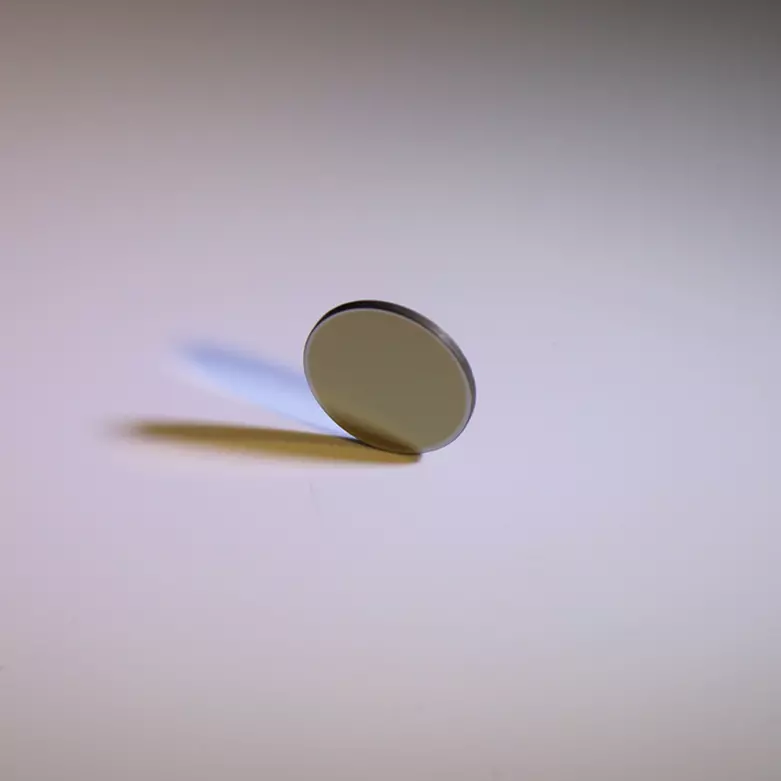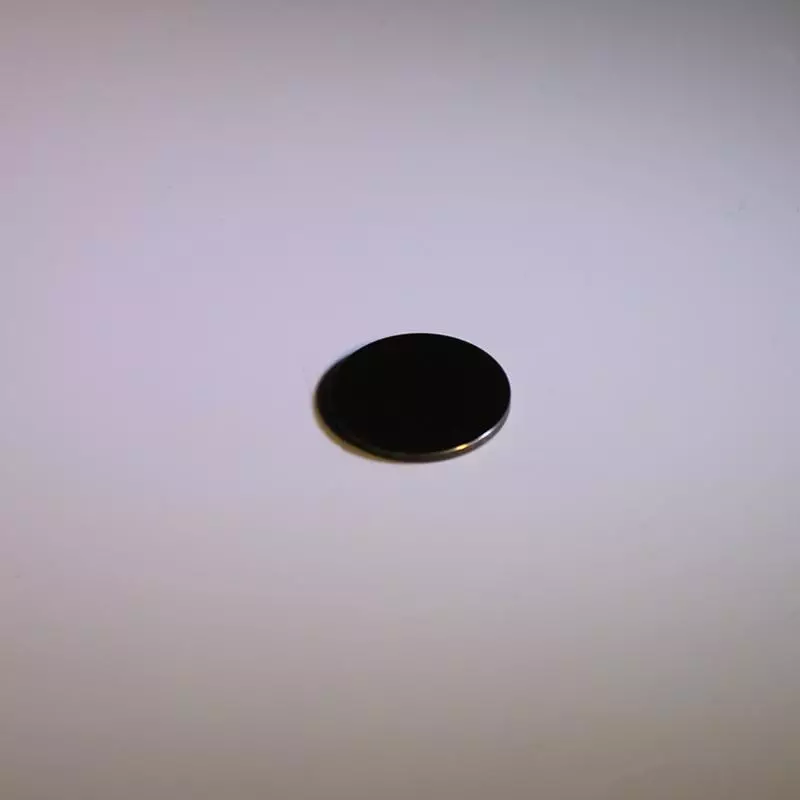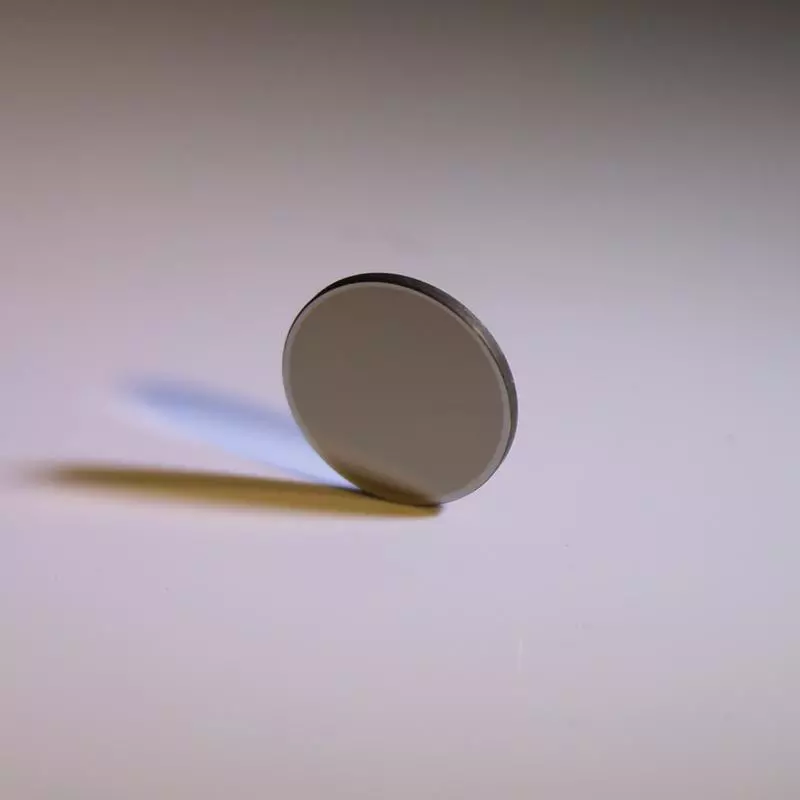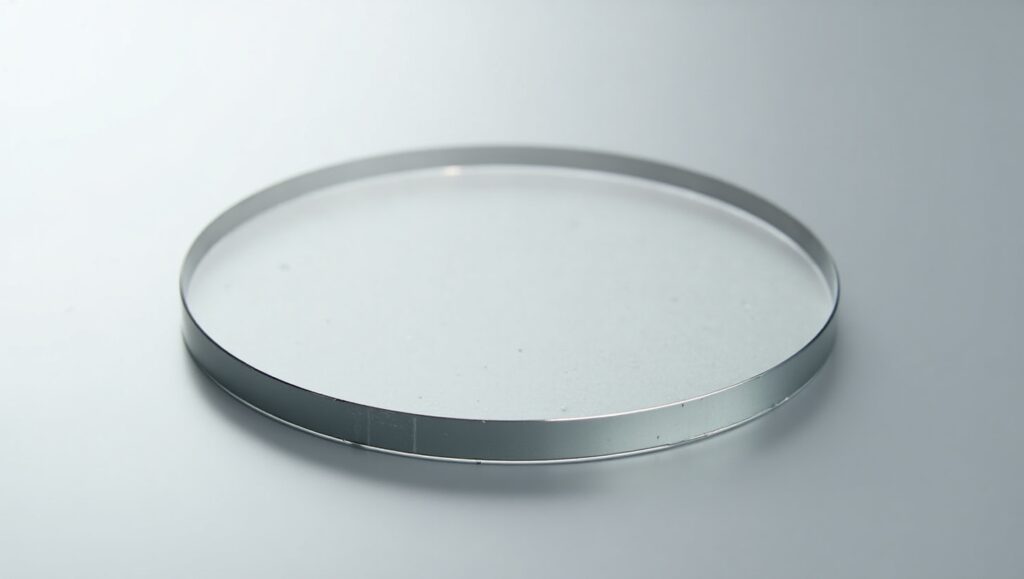Germanium window for IR 10mm
Dimension: Dia. 45.00mm
Thickness: 2.00mm
Tolerance : +/-0.10mm
Germanium Windows: Versatile Solutions for Optical Applications
Germanium windows are highly valued in the field of optics, offering three distinct anti-reflection coating options tailored to specific applications:
- 3–5 μm: Optimized for mid-infrared applications.
- 3–12 μm: Designed for broadband multispectral use.
- 8–12 μm: Perfectly suited for thermal imaging systems.
About Germanium: A Key Element in Modern Optics
Germanium (Ge), with the atomic number 32, is a metalloid element belonging to the carbon group. It exhibits a lustrous, hard-brittle texture and appears grayish-white in its pure form. Chemically, it shares similarities with silicon and tin, its neighboring elements in the periodic table. Pure germanium serves as a semiconductor, resembling elemental silicon in appearance.
Germanium’s Role in Optics and Technology
The unique properties of germanium dioxide (GeO₂), particularly its high refractive index and low optical dispersion, have made it indispensable in various technological advancements. These characteristics make germanium ideal for:
- Wide-angle camera lenses, enhancing image clarity and sharpness.
- Microscopy, where precision and light control are critical.
- Optical fibers, where it has replaced titania as a dopant, eliminating the need for heat treatments that once caused brittleness.
By the end of 2002, the fiber optics industry accounted for 60% of annual germanium consumption in the United States, though this figure represents less than 10% of global usage. Additionally, germanium compounds like GeSbTe are widely used in phase-change materials, such as those found in rewritable DVDs, due to their excellent optical properties.

Why Germanium is Essential for Infrared Optics
Germanium’s transparency in the infrared spectrum makes it a cornerstone material for infrared optical components. It can be precisely cut and polished into lenses and windows, making it especially valuable for:
- Thermal imaging cameras operating in the 8–14 μm range, used for passive thermal imaging, hotspot detection, military surveillance, mobile night vision, and firefighting.
- Infrared spectroscopes and other sensitive optical equipment requiring precise infrared detection.
With an exceptionally high refractive index of 4.0, germanium must be coated with anti-reflection agents to ensure optimal transmission. One standout solution is a diamond-like carbon (DLC) coating, which boasts a refractive index of 2.0. This coating not only enhances performance but also creates a durable, diamond-hard surface capable of withstanding harsh environmental conditions.
Technical Considerations for Germanium Windows
When working with germanium windows, several factors should be considered to maximize their effectiveness:
- Anti-Reflection Coating: Due to its high refractive index, an anti-reflection coating is essential for achieving sufficient light transmission.
- Thermal Sensitivity: Germanium is prone to “thermal runaway,” where transmission decreases at higher temperatures. To avoid this, these windows should be used at temperatures below 100°C.
- High Density: With a density of 5.33 g/cm³, germanium windows may require careful design considerations for weight-sensitive systems.
- Durability: Germanium’s Knoop hardness of 780 is approximately twice that of magnesium fluoride, making it highly suitable for rugged infrared applications.
Germanium windows are a versatile and reliable choice for a wide range of optical applications, particularly in the infrared spectrum. Their unique combination of high refractive index, durability, and customizable coatings ensures exceptional performance in demanding environments. Whether used in thermal imaging, spectroscopy, or advanced optical systems, germanium continues to play a pivotal role in modern technology.
PROPERTY OF GERMANIUM
| Clear Aperture (%) | 90 |
| Dimensional Tolerance (mm) | 0.0/-0.1 |
| Coefficient of Thermal Expansion CTE (10-6/°C) | 6.1 |
| Density (g/cm3) | 5.33 |
| Index of Refraction nd | 4.002 @ 11µm |
| Knoop Hardness (kg/mm2) | 780.00 |
| Parallelism (arcmin) | <1 |
| Poisson’s Ratio | 0.28 |
| Substrate | Germanium (Ge) |
| Surface Quality | 60-40 |
| Thickness Tolerance (mm) | ±0.1 |
Our Ordering Process
Send us your request with detailed specifications
Receive a commercial offer with terms and costs
After your approval, we handle manufacturing, quality control, and shipping
📦 Shipping
3-5 days in EU, from 10 days to USA
💳 Payment methods
Cash, Bank Transfer, Cards (Visa, Mastercard, Amex, Discover) and PayPal
💬 Questions?
Contact us via WhatsApp, phone, live chat or email
